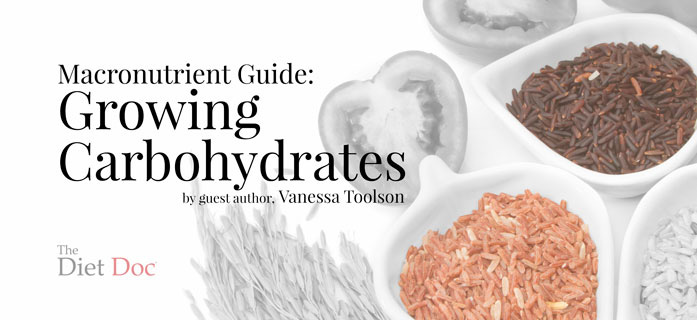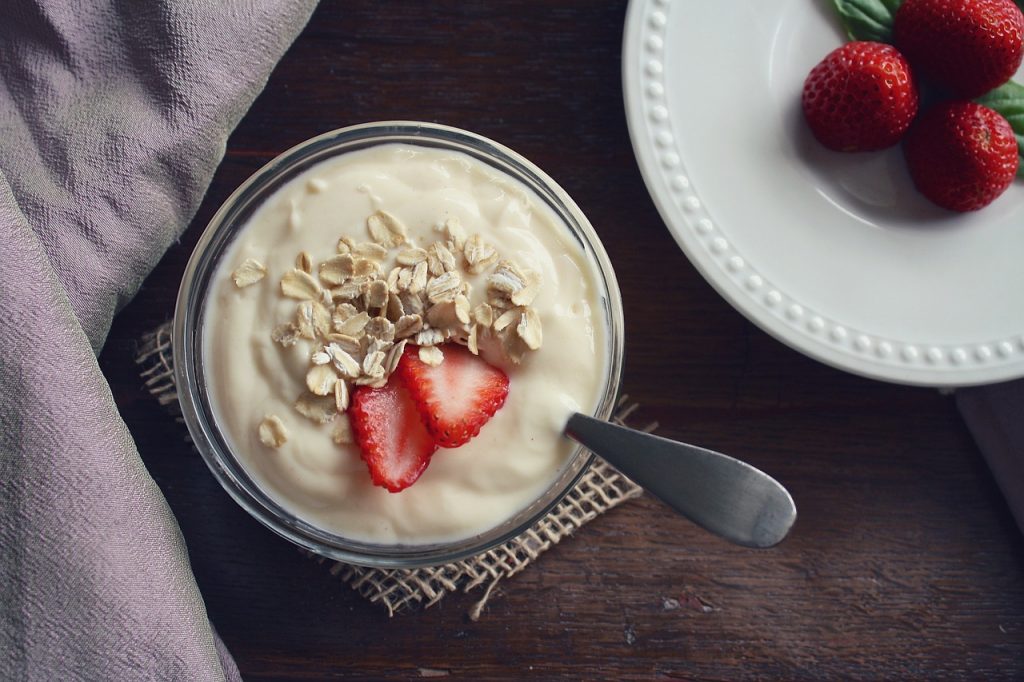
Carbs: The Energy That Grows On Trees
Most of us know what foods fall under the carbohydrate umbrella because we’ve been told to avoid them! I’m here to help you rediscover carbs and welcome them back into your life. We’ll start by categorizing your carbohydrate sources with a fun, little descriptive classifier: carbohydrates grow. This macronutrient includes grains, vegetables, fruits, legumes and sugars. Yes, sugar is considered a macronutrient because it comes from a growing plant called sugar cane! The foods listed below are just a few examples of where these macronutrients can be found and why they fall into our classifier of carbohydrates grow:
- Strawberries: grow
- Pop tarts: The main ingredients are wheat and sugar, and both of these grow.
- Potatoes: grow
- Corn: grows
- Cereal: The main ingredients are wheat or rice, and both of these grow.
- Beans: grow
Tricky Dairy
As Americans, the carbohydrate category encompasses the bulk of our diets. Whether you shop mostly for fresh fruits and veggies or tend to veer towards the sugary cereal aisle, carbohydrates reign supremeTheir sugary reign is for good reason, too. Carbohydrates are the preferred energy source for our brains and bodies. Carbs are responsible for providing fuel for working muscles and the central nervous system. They enable fat metabolism and prevent the body from choosing muscle for energy.
Low-Carb Dieting
We’ve all experienced a day of low-carb dieting. You lack energy, feel lethargic, and your mood is less than ideal. These symptoms are a result of your body using other sources to energize and fuel you. Forget for a second about good carbs and bad carbs and just challenge yourself to explore all carbohydrates. Which ones do you like, which ones give you the most long-lasting energy, and which ones are easy on your tummy? Try a variety and take notes on what you discover.
See the plate method illustration for a good illustration of the balance of carbs, protein and fats in a healthy diet.
Click here to read pt. II of this series, “Macronutrient Guide: ‘Face’ing the Facts of Protein” or go ahead and check out pt. III, “Macronutrient Guide: Eat Fat to Burn Fat”
You can also reach Kori at kori@thedietdoc.com for additional details and a complimentary consultation.
Follow Kori for additional health/fitness tips!
Instagram: @dietdocweightloss
Twitter: @koripropst
Your Turn,
What questions do you have for Kori?
Related Posts
Strengthening Your Mind: The Vital Link Between Fitness and Mental Health
As a fitness and lifestyle coach at Bloom Academy, my mission is clear: to empower…
14 March 20175 Tips That Can Help You Love Yourself Unconditionally
Loving yourself unconditionally is an ongoing process and commitment. We live in a world that…
14 March 2017




bath&body works sale | 17th Mar 17
Very well written story. It will be supportive to anybody who employess it, including me. Keep doing what you are doing – for sure i will check out more posts.